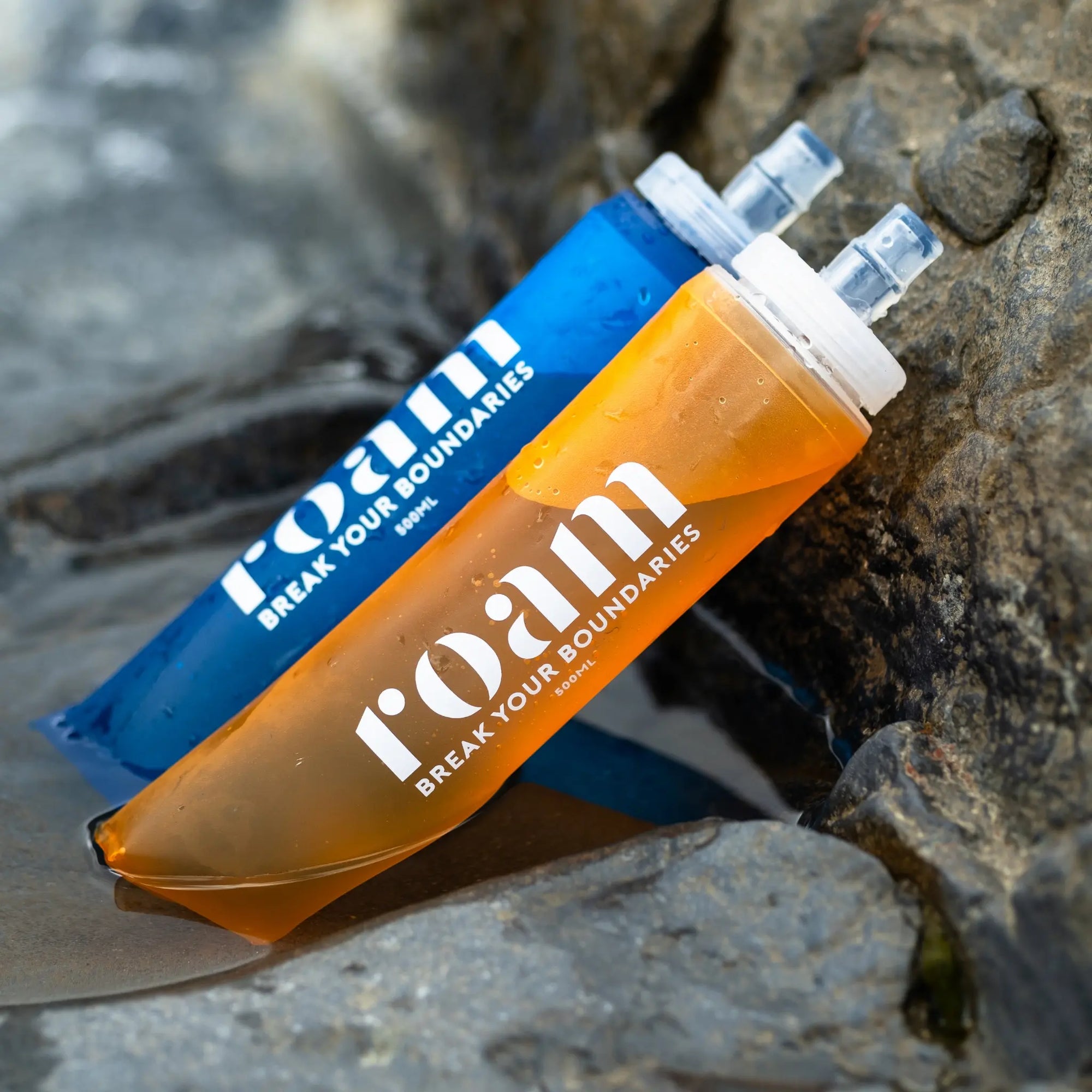
Decoded is where Dr Andrius Ramonas breaks down the science behind sports medicine, exercise physiology, and nutrition—so it actually makes sense and feels useful in the real world.
Decoded: The Peptide BPC-157 and Tendon Injuries
What is BPC-157, and Should You Use It for Tendon Injuries?
Online conversations about BPC-157 are growing, and it's now a common topic that my patients bring up during consultations — they're curious whether it could help with their ongoing tendon or ligament issues.
In most cases, these are people with persistent pain from tendinopathies — injuries that haven’t responded well to rest, rehab, or even injections. They’re frustrated and looking for something, anything, that might work.
So, what is BPC-157? Is there any evidence it helps? And is it safe, legal, or recommended?
First: What Are Peptides?
Peptides are short chains of amino acids, the building blocks of proteins. They naturally occur in the body and play a role in many biological functions, like signalling hormones, regulating metabolism, or managing inflammation.
In medicine, therapeutic peptides are used to treat a range of conditions. Insulin, for example, is a peptide used to manage diabetes. Others include GLP-1 agonists (used for weight loss and diabetes management), and treatments for osteoporosis and migraines.
Some peptides are naturally occurring, while others — like BPC-157 — are synthetic, meaning they’re made in a lab.
Want to learn more about peptides in general? Check out our article on peptides and growth factors.
What Is BPC-157?
BPC-157 stands for Body Protection Compound-157. It’s a synthetic peptide derived from a naturally occurring protein found in the human stomach. Researchers became interested in it after early studies suggested it might promote tissue repair, particularly in the gut, tendons, and ligaments.
BPC-157 is not currently approved for human use by the FDA in the US nor the TGA in Australia. However, it's being sold online (usually marked “for research use only”) and some people are self-administering it in hopes of speeding up recovery from injuries.
What Does the Research Say?
The research into BPC-157 is still in its early stages — and most of it has been conducted in animals, not humans.
BPC-157 in Animal Studies
One of the more detailed studies, published in Biomedicines in 2021 by a team from the University of Zagreb, examined how BPC-157 affected myotendinous junctions in rats — areas where muscle meets tendon. The researchers surgically created defects that wouldn’t typically heal on their own. They then administered BPC-157 to the rats either by injection or orally.
The results were promising: BPC-157 significantly improved healing, supported functional recovery (walking and leg use), reduced muscle atrophy, and influenced biological markers related to inflammation and repair. This suggests that BPC-157 may enhance healing responses under controlled, preclinical conditions.
However, it’s a long way from rats to humans, and animal models don't always translate to clinical practice.
BPC-157 in Human Studies: Limited and Flawed
One of the few published studies involving humans comes from a retrospective review at a hormone clinic in the US, led by Dr Edwin Lee (PMID: 34324435). The study looked at 17 patients who had received intra-articular (i.e. within the knee joint) BPC-157 injections for knee pain.
Of those who could be reached, 14 out of 16 reported subjective improvement in pain. However, the study had major limitations:
- No control group was used, so we can’t say whether the improvements were due to BPC-157 or natural recovery.
- No objective measures (like imaging or physical function scores) were used to track improvement.
- The follow-up period varied widely — between 6 and 12 months after injection — making it hard to know when and how recovery occurred.
- The results were based on self-reported surveys via phone, which are prone to bias.
Dr Edwin Lee (PMID: 39325560) published another study in 2023 looking at BPC-157 as a possible treatment for Bladder Pain Syndrome in females; however, this study had significant limitations, including no control group, and a small sample size (12 participants).
In short: while the studies suggest a vaguely positive trend, the design lacks rigour, and the conclusions are highly speculative.
Is It Safe? What Are the Risks?
Because BPC-157 hasn’t been studied in human clinical trials, its long-term safety is unknown.
There are some theoretical risks to consider:
- Uncontrolled tissue growth, including fibrotic scar tissue
- Nerve ingrowth, which can contribute to chronic pain in tendons
- Potential tumour stimulation, given its role in promoting blood vessel formation
In short, we don’t yet know how it behaves in the human body over time, or how it might interact with other medications or health conditions.
Is It Legal? What Do the Authorities Say?
In Australia, BPC-157 is not approved by the Therapeutic Goods Administration (TGA) for use in humans. It’s classified as a Schedule 4 prescription-only medicine, making it illegal to possess without a valid prescription.
It’s also banned by the World Anti-Doping Agency (WADA) under its “S0” classification — meaning it’s considered a non-approved substance, prohibited at all times for athletes.
This classification alone should give pause to anyone competing in organised sport.
How Are People Buying and Using BPC-157?
Most people obtain BPC-157 online, from websites based overseas. These websites typically sell it in injectable or oral forms, labelled as “for research purposes only.”
That hasn’t stopped individuals from experimenting. Some inject it subcutaneously (under the skin), while others take it orally in capsule form, despite no regulation, dosage standardisation, or medical oversight.
It’s important to know that buying peptides online comes with serious risks, including contamination, incorrect dosing, and legal consequences. There's also no guarantee you're getting what the label claims.
How Do We Usually Treat Tendon Injuries?
When treating tendon pain — especially chronic tendinopathies — the gold standard is still rehab, loading, and patience.
Evidence-backed treatments include:
- Isometric exercises, which can help with pain control
- Heavy slow resistance training and eccentric loading to stimulate healing
- Supportive therapies like shockwave, topical NSAIDs, or in some cases injections
When tendon degeneration is severe, we often focus on strengthening the healthy parts of the tendon — what some clinicians call “treating the doughnut, not the hole.”
Recovery takes time, consistency, and a plan tailored to the person — not a quick fix.
My Clinical Take
I understand why BPC-157 is appealing. When you’ve been dealing with pain for months and nothing has worked, it’s tempting to reach for a new option — especially one that’s marketed as a breakthrough.
But here’s the reality:
- There is no strong human evidence that BPC-157 works
- Its long-term safety is unknown
- It’s not legally approved for human use
- It may be harmful in ways we don’t yet fully understand
As a sports medicine doctor, I don’t recommend it to my patients. Instead, I focus on treatments that are supported by evidence, legally available, and customised to each person’s injury and lifestyle.
Final Thoughts
BPC-157 is often marketed as a breakthrough, but right now, it’s more speculation than science. With no strong human data and no regulatory approval, I do not recommend, and I cannot prescribe it.
If you're dealing with tendon pain, trust the process that works: structured rehab, consistency, and the guidance of a qualified practitioner.
Don’t let hype get ahead of the evidence. Your body deserves better than guesswork.
Dr Andrius Ramonas is a Melbourne-based sports medicine doctor with a PhD in Exercise Physiology and Sports Nutrition. He works with everyday active people who want to stay healthy, strong, and injury-free.
Disclaimer
The content inDecoded with Dr Andriusis for general informational and educational purposes only.
It is not intended to be medical advice or a substitute for professional consultation, diagnosis, or treatment.
Always seek the guidance of a qualified health professional before making changes to your diet, exercise routine, or medical care.
Discover Roam

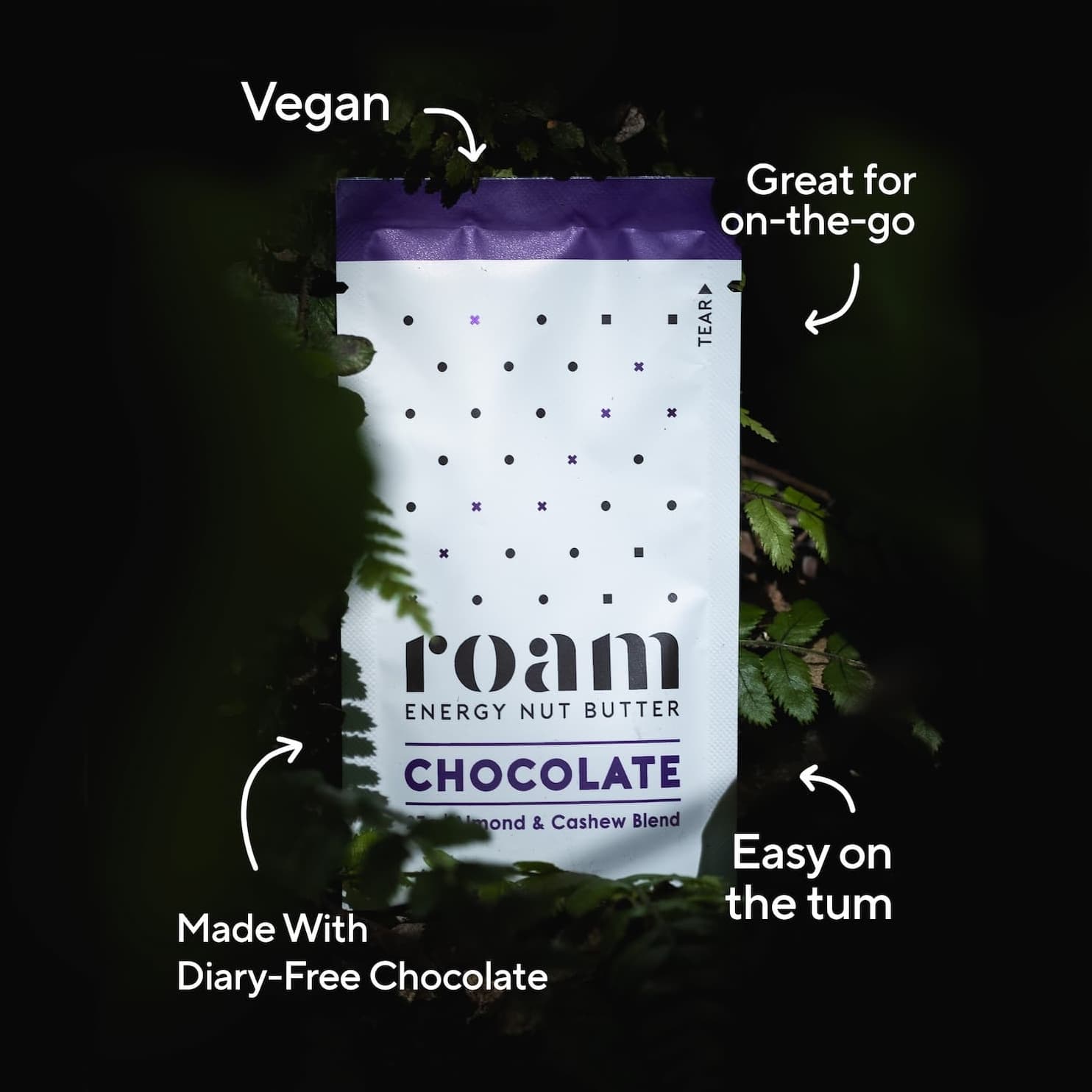 Energy Nut Butter - Mixed Pack
Energy Nut Butter - Mixed PackEnergy Nut Butter - Mixed Pack
Regular price $13.50 NZD+Unit price per
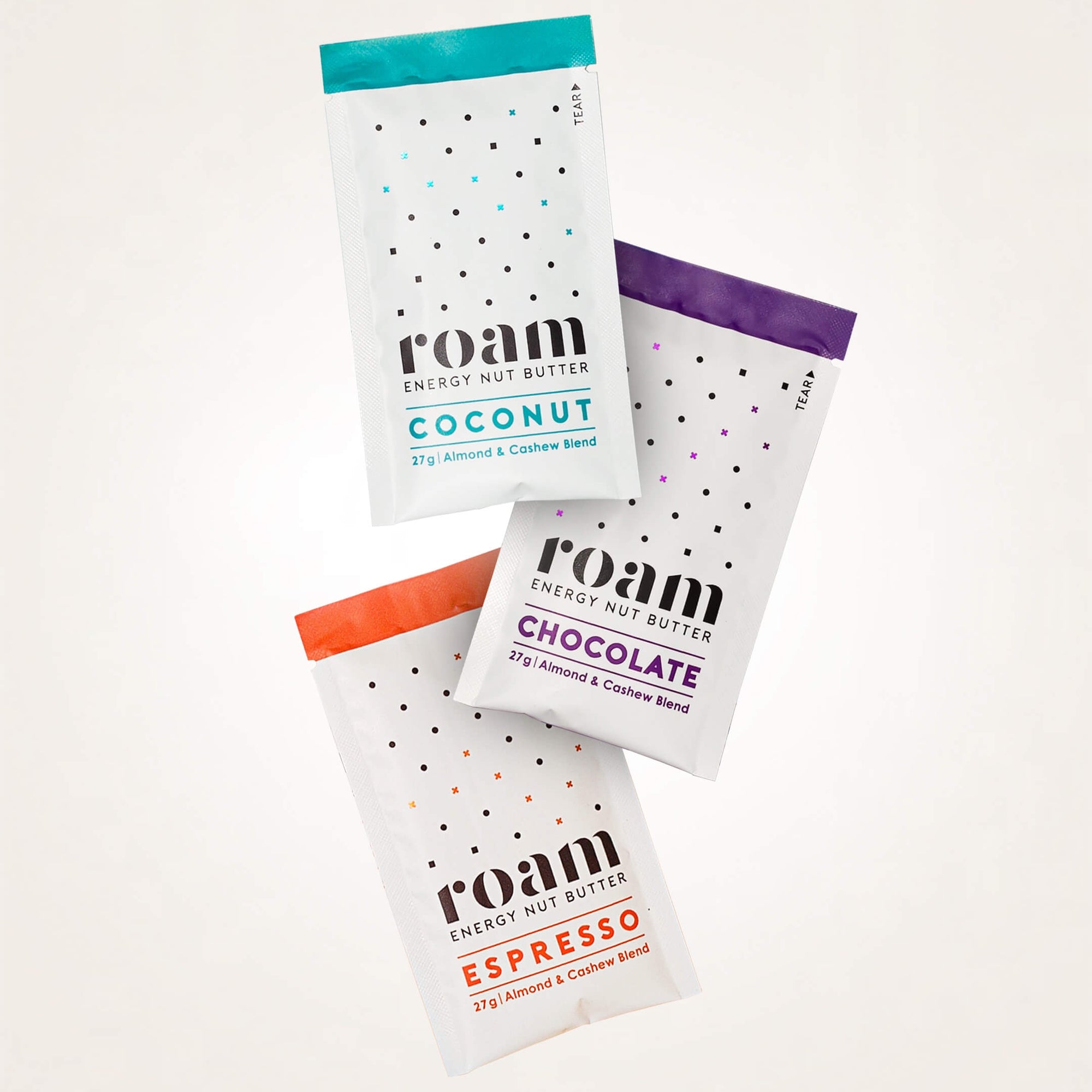
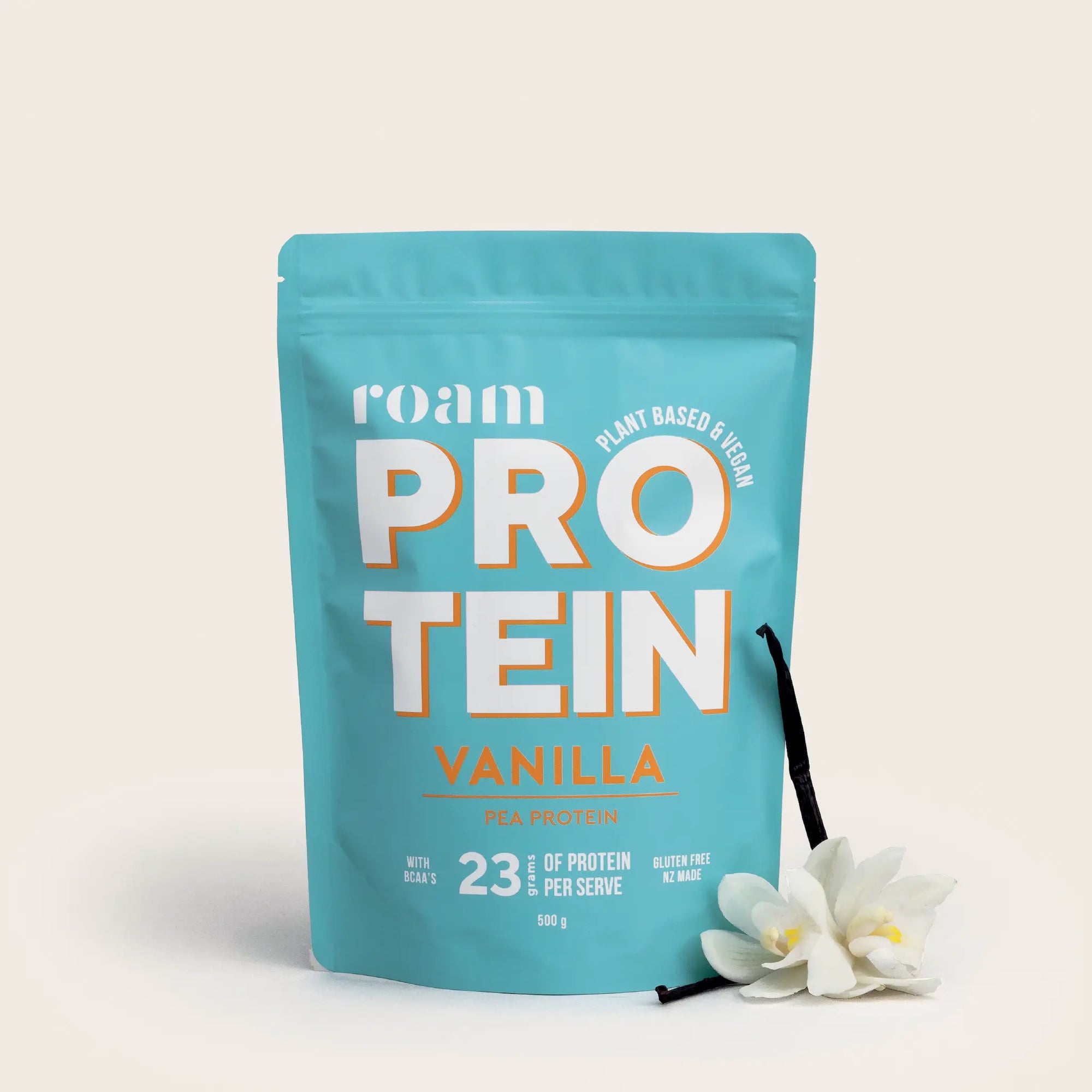
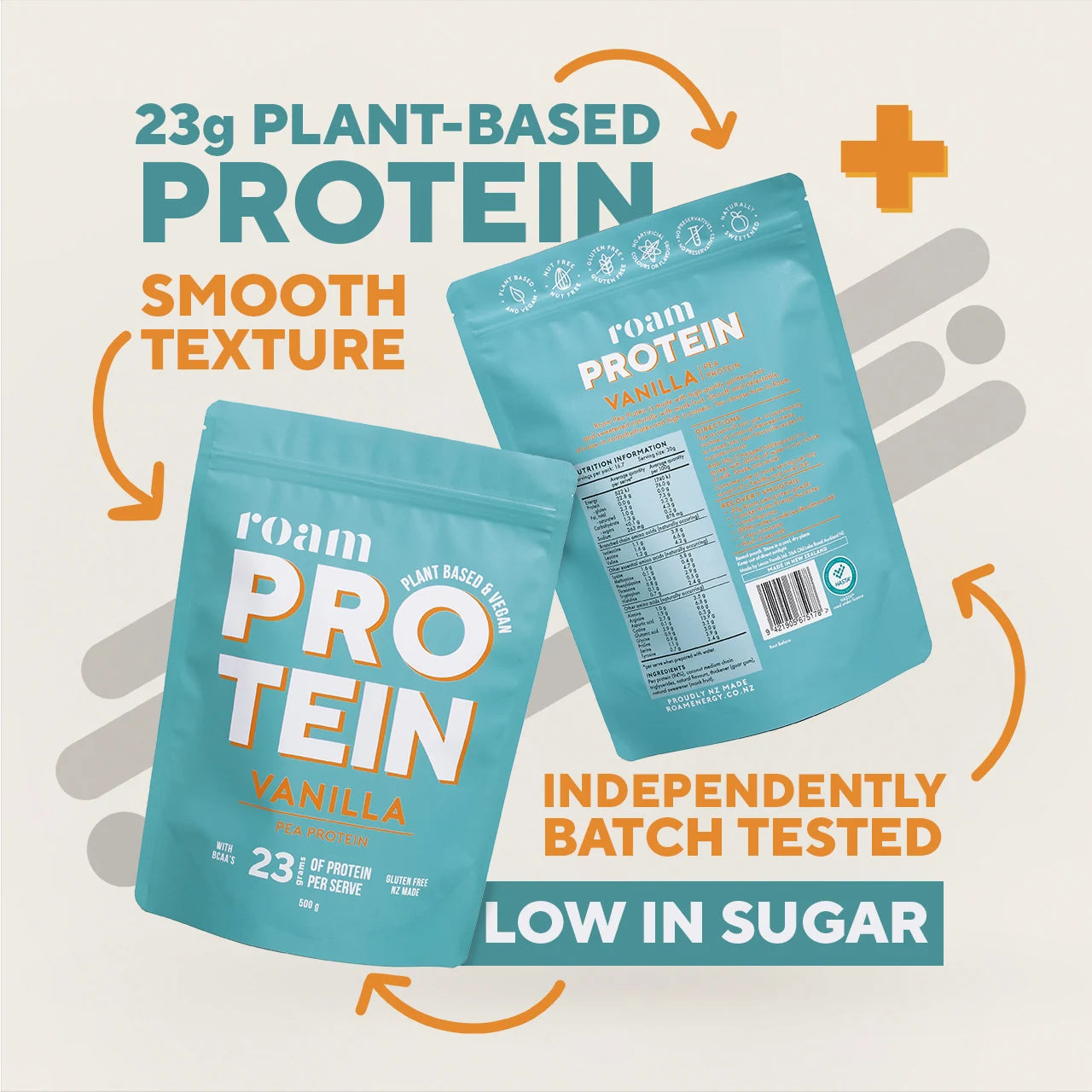 Vanilla Plant Protein
Vanilla Plant ProteinVanilla Plant Protein
Regular priceUnit price per$51.99 NZDSale price $49.99 NZD
 The Ultimate Roamer Bundle
The Ultimate Roamer BundleThe Ultimate Roamer Bundle
Regular priceUnit price per$245.94 NZDSale price $199.99 NZD
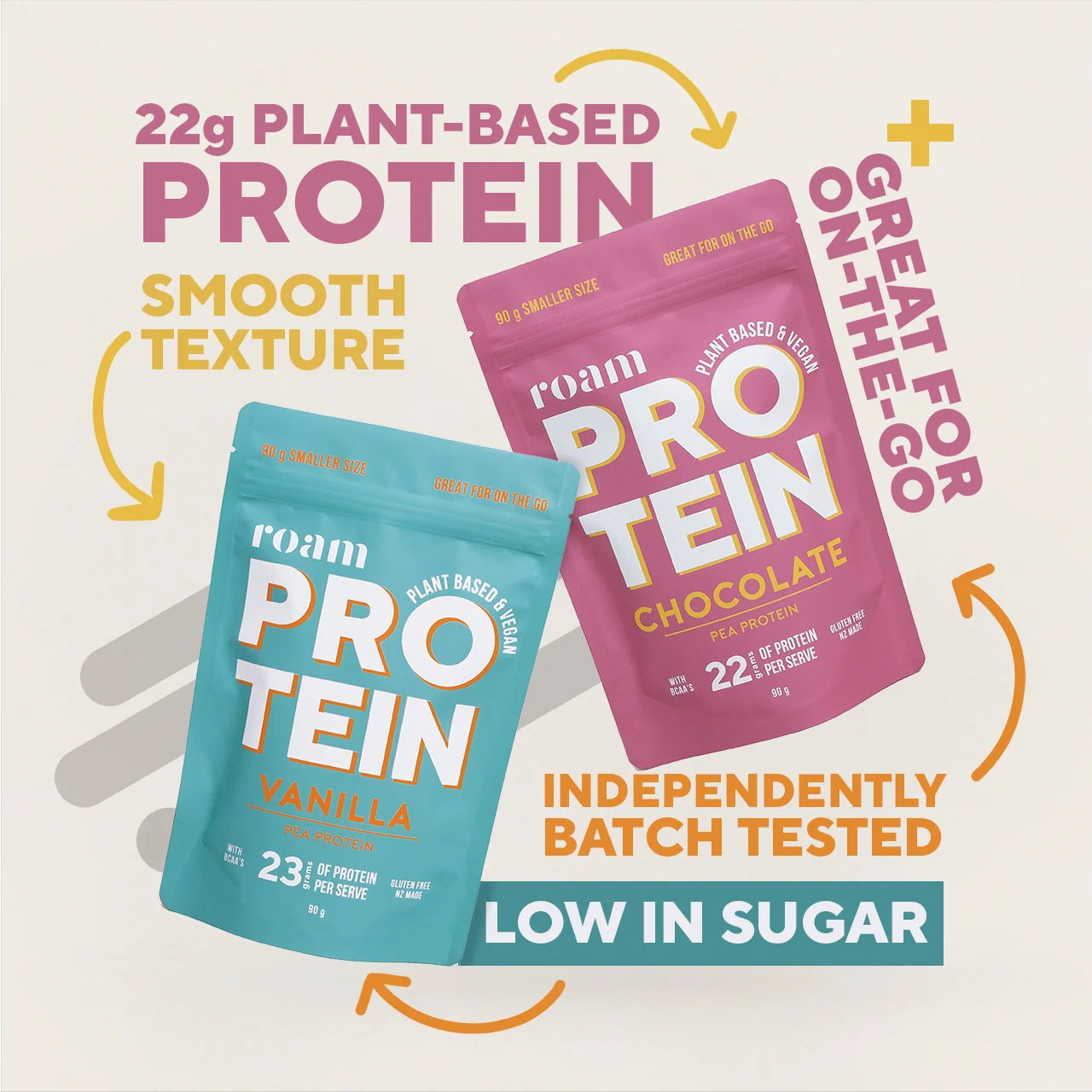 Protein Essentials Bundle
Protein Essentials BundleProtein Essentials Bundle
Regular priceUnit price per$195.95 NZDSale price $169.99 NZD
 Essentials + Bundle
Essentials + BundleEssentials + Bundle
Regular priceUnit price per$133.96 NZDSale price $119.99 NZD
